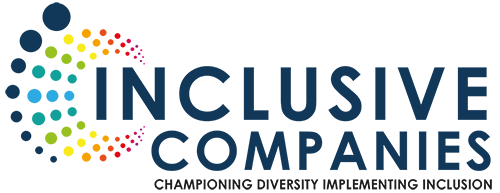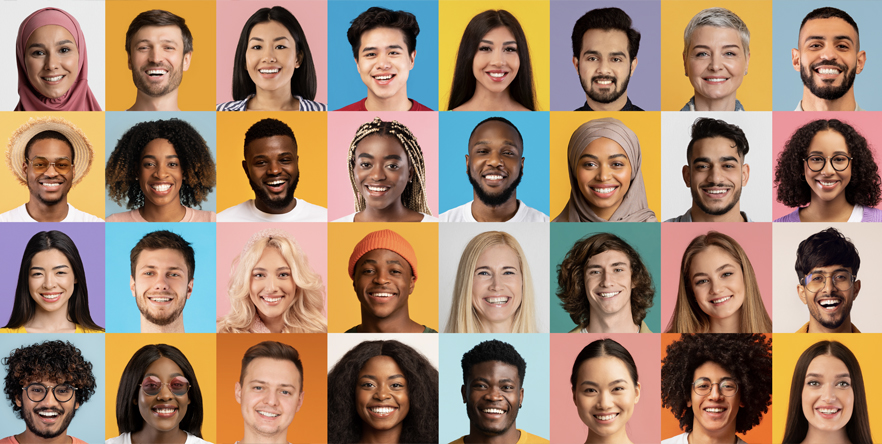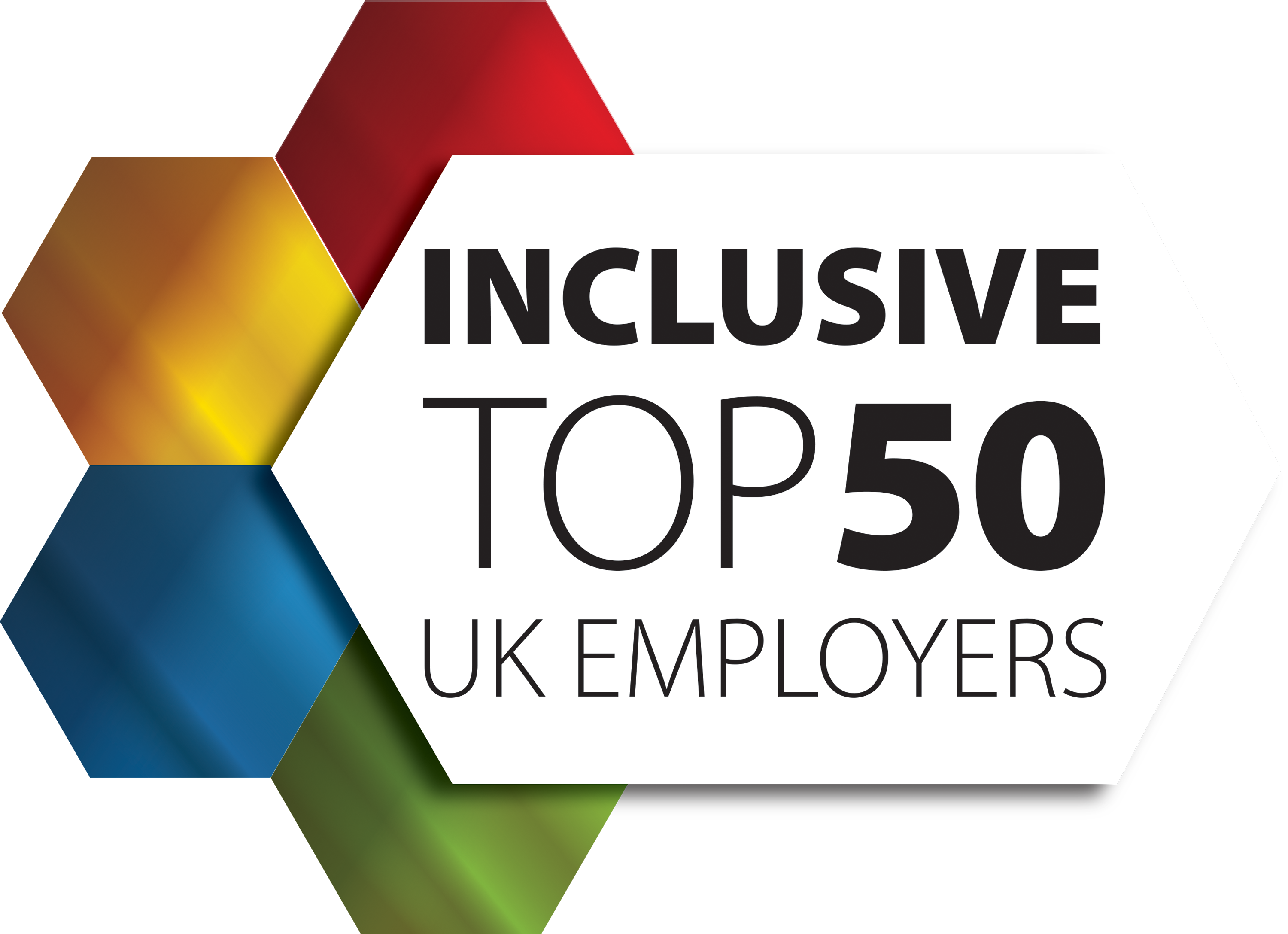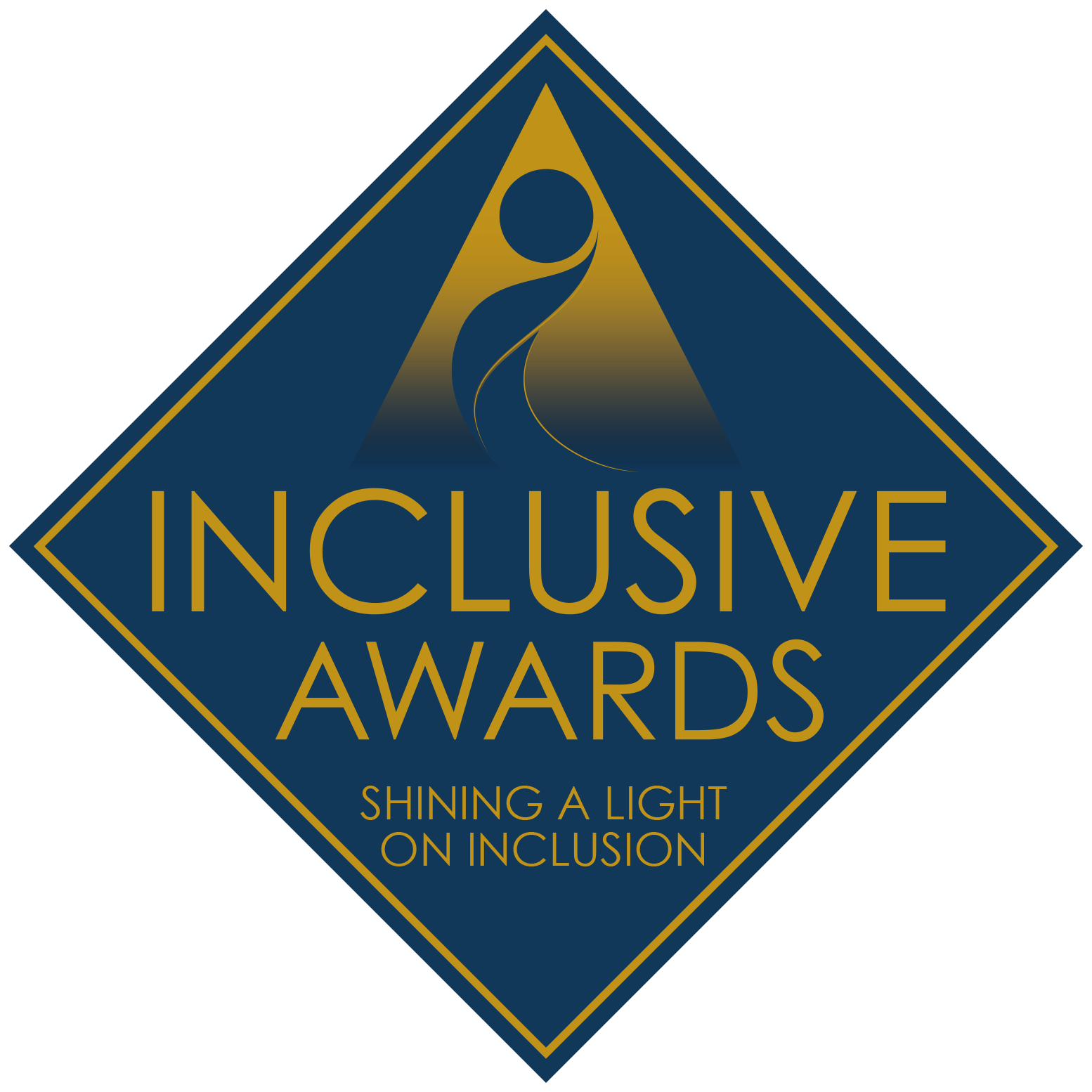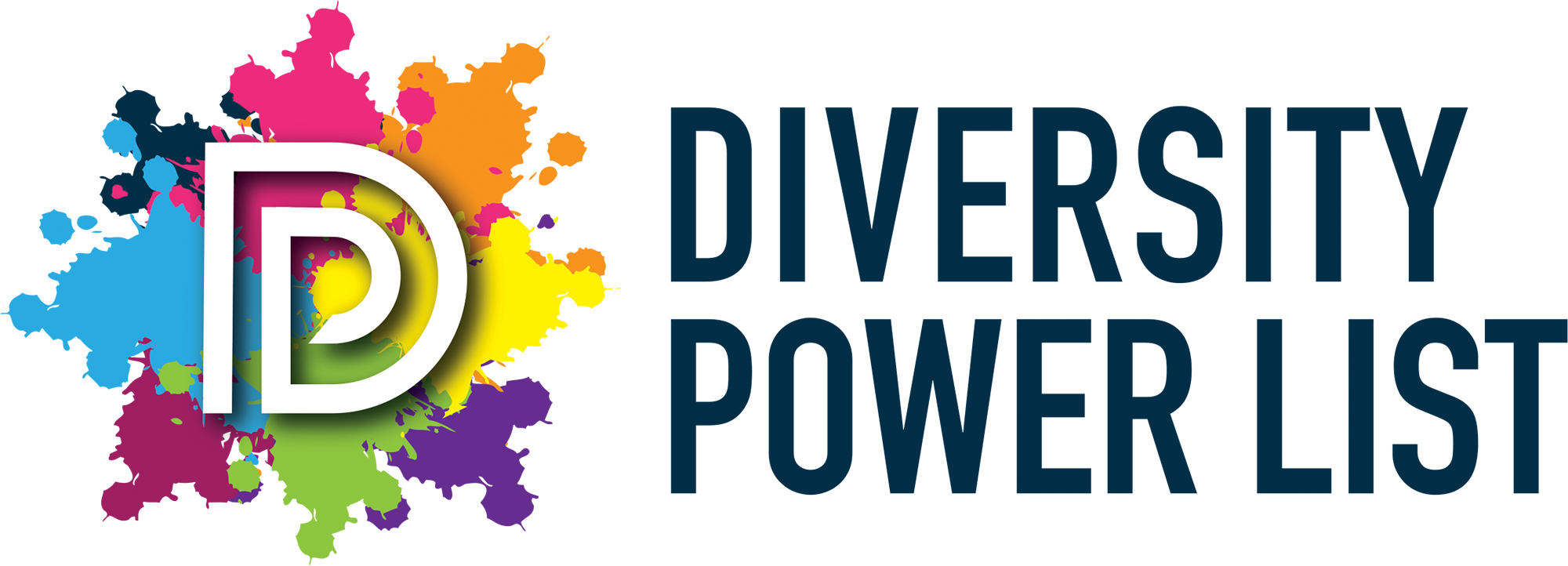Brian Reaves, chief diversity and inclusion officer at Dell
Policies and programs have to account for the fact that not all minorities are the same, Reaves told Business Insider.
There needs to be more focus on intersectionality. The experience of a white woman and a black or African American woman in the workplace can be very different. There needs to be more acknowledgement of that, and more targeted initiatives that take the multiple dimensions of diversity into account.
Transparency and accountability need to be at the center of diversity and inclusion efforts. Companies need to know where they stand today and be open about that to drive change.
Being aware of the data is step one. Holding leaders accountable to changing that data is step two.
Sheri Bronstein, chief human resources officer at Bank of America
Intersectionality, and a focus on emotional wellness, will continue to become more important, Bronstein said.
Intersectionality has also become increasingly important in the diversity and inclusion space. We will continue to see this concept reflected in our organizational goal of being a place where employees can bring their whole selves to work.
Our employee networks are already breaking barriers through joint projects. For example, LEAD for Women is partnering with our military network to address topics like gender issues in the military; and our Hispanic/Latino and black/African American networks are partnering to address common issues around progress with race and wealth.
We also recently held a session where we explored the topic of double bind – looking at the intersectionality from the lens of gender – because we know that all women are not created equal. Issues for a black woman may be different than a disabled woman or someone who is lesbian.
I also think 2020 will bring a big focus on emotional wellness, an area we have been focused on for the last few years. We know this is another huge aspect of teammates being able to bring their whole selves to work, and a topic that is critically important to the generation now entering the workplace.
Lata Reddy, senior vice president of diversity, inclusion, and impact at Prudential
Leaders need to include transgender employees, Reddy said.
With rising awareness of the challenges faced by employees who do not identify with their sex assigned at birth, we can expect to see more companies reexamining benefit offerings, facilities, and other policies in order to create an inclusive environment for associates who face these challenges.
Policies and procedures around transgender transition guidelines, gender neutral bathrooms, creating a safe space for those who self-identify as LGBTQ+, a person with a disability, or veteran will all be reconsidered.
Beatriz Rodriguez, chief diversity officer at The Home Depot
Diversity and inclusion doesn’t stop with manager and employee trainings, Rodriguez said.
When thinking about the topic of belonging, it takes us past diversity (representation), inclusion (we welcome you), and even engagement (we value your opinion). Belonging is realizing that each one of us is needed to complete the group and that you already belonged there in the first place.
In 2019, many companies conducted unconscious bias trainings. This was a good first step for companies to address cultural and behavioral biases. However, training does not change behavior overnight. In 2020, I would like to see companies leverage this bias awareness into modeling processes, systems and the leaders’ behaviors to create more inclusive practices overall.
Tim Massa, senior vice president and chief people officer at Kroger
Inclusion is key to employee retention, Massa said.
There needs to be continued focus on inclusion, and not just numbers. We know inclusive behaviors will drive the numbers when done authentically and purposely.
Retaining and attracting diverse talent by creating a culture and policies that focus on an environment where all associates have a sense of belonging and feel they can be their authentic self.
Corey Anthony, SVP of HR and chief diversity officer at AT&T
Metrics will matter as employees look for results, according to Anthony.
The most promising trend I’m seeing is a focus on metrics. Making promises and commitments is easy, but to impact lives and improve cultures, results matter.
I think we’ll continue to see companies being held to account for commitments they’ve made over the past couple of years, particularly in areas like senior-level diversity and safe working environments. That’s a good thing.
Tracy Faber, executive vice president and chief human resources officer at McKesson
Bringing employees from different backgrounds together is crucial, according to Faber.
Intersectionality. Our eight employee resource groups have been a long-standing part of our inclusive community. These employee resource groups (or ERGs) help McKesson grow in cultural sensitivity, equality, and fairness. This year, however, we’re launching a new Intersectional Cause Network, which will be focused on bringing together employees with varied backgrounds and viewpoints to help improve cancer care.
Randall Tucker, chief inclusion officer at Mastercard
Companies need to address diversity proactively, Tucker said.
In 2020, it will be important for companies to more clearly define the role of a chief inclusion officer and address diversity as a proactive business objective rather than a reactive measure.
In establishing diversity as a business objective, companies have the ability to hold leaders and individuals accountable for making progress towards a truly inclusive and diverse workplace.

